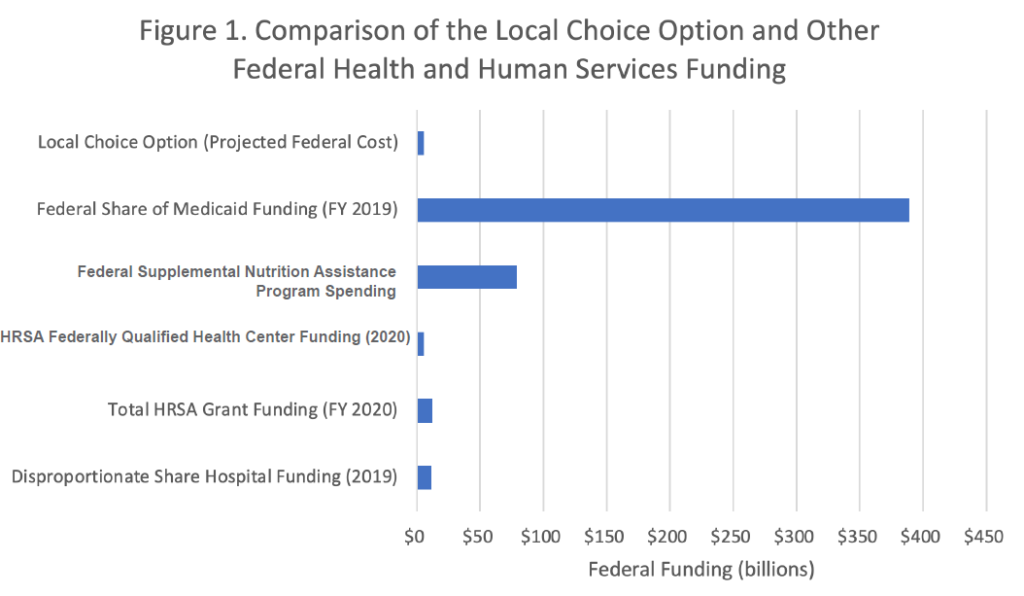Health Insurance Can Now Help Some Californians Find Housing – InsuranceNewsNet
Thanks to an experimental new program aimed at easing the state’s profound homelessness crisis, some Californians now can get housing help from an unlikely source: their health insurance plans.
With the launch this year of CalAIM,
Proponents say the program acknowledges what doctors and social workers have known for years — it’s incredibly difficult to keep people healthy if they’re living on the streets or at risk of losing their home.
“There is no medicine as powerful as housing,” said Dr.
The program targeting
But CalAIM is limited in scope. It applies only to Medi-Cal’s most vulnerable patients — people who are homeless, leaving jail or prison, have a serious mental illness, and/or are frequently in and out of hospital emergency rooms, psychiatric wards and other institutions — leaving some experts worried that people who could use housing help will fall through the cracks. And while CalAIM can help participants find housing and give them limited cash for security deposits and first and last month’s rent, federal law prohibits the program from paying their rent on an ongoing basis. Nor can it conjure more housing in a state with a dire shortage of affordable options.
“It’s the hole in the middle of the donut,” said Dr.
Early pilot programs testing the CalAIM model showed that while patients visited the emergency room less often, most homeless participants did not secure housing.
There are 14 new benefits that insurance plans can offer patients under CalAIM, ranging from housing services and assistance securing healthy food to help removing mold and other asthma triggers from their home. Insurance plans pick which options to offer, with the goal of eventually scaling up to all 14. The program is expected to cost about
Gov.
But it’s unclear how many people CalAIM can house. Alameda County’s Whole Person Care pilot — a precursor to CalAIM that ran from 2016 through 2021 — served about 30,000 people, two-thirds of whom were homeless. Of those homeless participants, 69% received some sort of roof over their heads, including emergency shelter beds and temporary hotel rooms. Just 36% ended up with permanent housing.
“I wish it were higher,” said Clanon, the county’s medical director. Even so, she called 36% a success. Prior to the pilot program, just 10% of unhoused people in the county’s homeless services system received permanent housing each year, she said.
In
“It’s very challenging to find housing even when you have a robust housing navigation program,” said
Results were similar statewide. Of participants who were homeless or at risk of homelessness in the third quarter of 2020, 68% received housing services, but just 7% were housed, according to a recent report on
For
Related Articles
Anderson moved in this month, and the first thing she did was hang string lights on her front porch. She wants to turn her balcony into a “Zen area” where she can drink tea and meditate before reporting to her job as a peer advocate for HIV-positive women.
“It’s just nice to know that if you ask for help, and you find the help, and you put in the work, life is good,” she said. “It’s amazing.”
©2022 MediaNews Group, Inc. Visit at mercurynews.com. Distributed by Tribune Content Agency, LLC.
This content was originally published here.




Responses